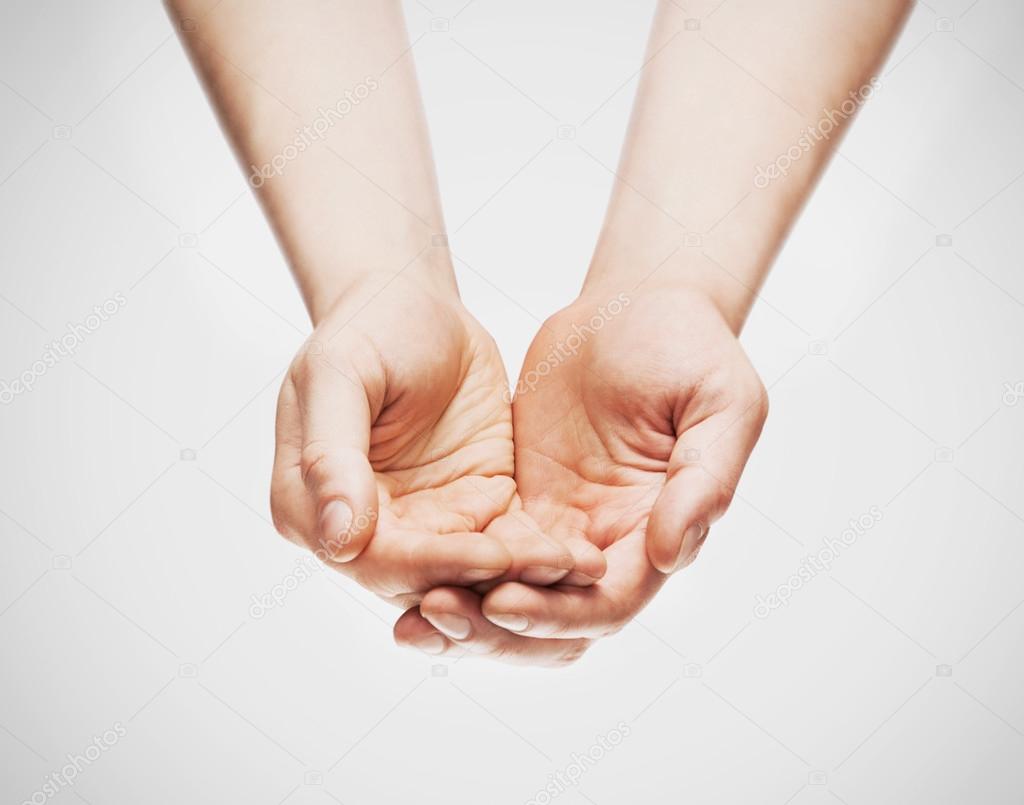
Cashiers, hairdressers, or knitters or sewers are examples of people whose work-related tasks involve the repetitive wrist movements associated with carpal tunnel syndrome. Those workers performing assembly line work - including manufacturing, finishing, cleaning, and meat/poultry/fish packaging - commonly report this injury. The National Institute of Neurological Disorders and Stroke (USA) indicates that carpal tunnel syndrome is "often the result of a combination of factors that increase pressure on the median nerve and tendons in the carpal tunnel, rather than a problem with the nerve itself".Ĭarpal tunnel syndrome has been associated with certain tasks including: What are the occupational factors of carpal tunnel syndrome? The fibrous tissue thickens the tendon sheath, and hinders tendon movement. Repeated episodes of inflammation cause fibrous tissue to form. In turn, the swelling squeezes the median nerve in the wrist or carpal tunnel. Failure of the lubricating system creates friction between the tendon and its sheath causing inflammation and swelling of the tendon area. It may not produce enough fluid or it may produce a fluid with poor lubricating qualities. With repetitive or excessive movement of the hand, the lubrication system may malfunction. Lubrication is essential for the normal and smooth functioning of the tendons. The inner wall of the sheaths contains cells that produce a slippery fluid to lubricate the tendons. The tendons of the hand are encased in sheaths, or sleeves through which the tendons slide. For example, when a person bends a finger, the tendon moves about two inches. Hands also indicate how much we care for ourselves and how we view social convention.Bending the wrist or moving the fingers brings muscles and tendons into action.A hug or an abrazo, even a kiss, may be more in order. Remember in some cultures, a handshake is a secondary greeting gesture.


#Drawings of two closed hands together full
Full touch with the palm of the hand is warm and affectionate while touching with the fingertips betrays less affection.

How we touch others is determined by how we feel about them.Here are a few of the comments excerpted from the book: Because the hands can reveal so much, I decided to write in my new book, Louder Than Words, about the kinds of information we can glean from the hands and what others may interpret.


 0 kommentar(er)
0 kommentar(er)
